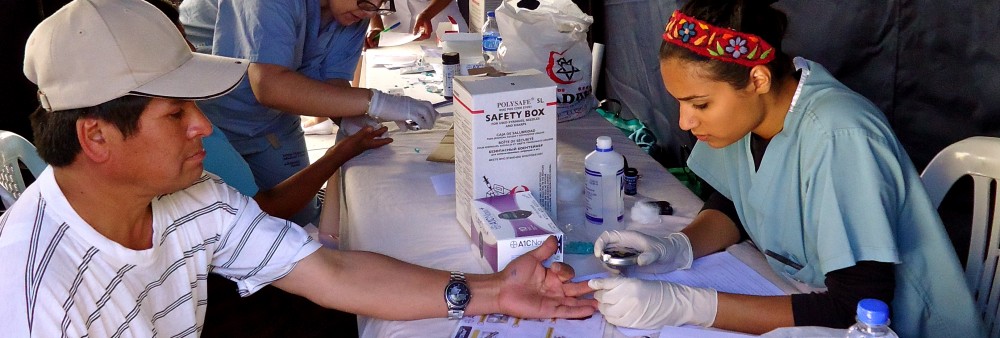“Excellence without equity looms as the chief human rights dilemma of health care in the twenty-first century.” Paul Farmer
Unlike the recently emerging HIV/AIDS epidemic, tuberculosis (TB) is an infectious disease that has plagued human kind since as early as 5000 BC. Manifestations of spinal deformities consistent with TB have been found in mummies from both Egypt and Peru. The ancient Greeks, Romans, and Indians all coined their own names for the disease, but perhaps its most widely recognized synonym comes from England—Consumption, or Wasting Illness, is estimated to have killed more people in the history of the world (~2 billion) than any other infectious disease.[1] TB prevalence in Europe spiked during the 17th-19th centuries as cities rapidly urbanized and industrialized. In the 19th century, TB accounted for nearly ¼ of all deaths in the crowded, urban cities of Europe.[2] European colonialism spread tuberculosis, among other diseases, to Africa and Asia, the effects of which are being felt globally till this date.
So what is tuberculosis and what makes it so infectious? Tuberculosis is an airborne bacterial disease caused by Mycobacterium tuberculosis. Infection may occur upon inhalation of bacterial particles omitted when an infected person coughs, sneezes, talks, or spits. Its most distinct clinical manifestation is pulmonary TB, but the bacteria can infect other parts of the body resulting in extra-pulmonary TB. “Respiratory symptomatic” patients, that is, patients symptomatic of pulmonary TB, often exhibit excessive coughing of phlegm or blood for two weeks or longer. Other symptoms include weight, energy, and appetite loss, and chest pain accompanied by difficulty breathing. In the modern, globalized world, tuberculosis, though concentrated in the developing world, is a source of concern for all—the highly infectious and airborne nature of the disease allows it to jump borders easily through waves of travel and immigration, and develop drug resistant forms when treated improperly.
At the turn of the 21’st century, tuberculosis remains a major threat to global health. Worldwide, there were an estimated 8.8 million new cases of TB in 2005, with greatestburden of the epidemic encumbering the developing world.[3]
Fact—TB, unlike HIV/AIDS and many other infectious diseases, is curable by commonly available antibiotics. But, those who are most affected by the disease are (not coincidentally) the least able to afford a cure. From a political-economy perspective, the rate and prevalence of the disease are telling indicators of a country’s level of wealth and inequity.[4] Cambodia appears on the World Health Organization’s list of 22 countries with highest TB burden, but not every citizen in Cambodia experiences a uniform risk—TB is unequivocally a disease of the poor. It is most contagious to those living in small, crowded areas such as squatter settlements and slums, in close proximity to those who have acquired the mycobacterium. Whereas a healthy individual’s immune system may successfully kill the bacillus, those who have a compromised immune system due to malnutrition or HIV/AIDS are particularly susceptible to developing symptoms.
Why are people still sick from a disease that has a well-known cure? Why haven’t antibiotics been widely distributed? And most importantly, who will advocate for TB patients when the very governing bodies that are responsible for the health and productive livelihoods of their populations fail to address the problem?
Look out for another blog post about the complications of TB treatment, and Operation ASHA’s model for treatment in India and Cambodia, which addresses some of these questions.


Super Blog: 2010 figures http://www.deccanchronicle.com/sites/default/files/imagecache/article_horizontal/article-images/06Global_TB_incidence_2010.jpg.crop_display.jpg